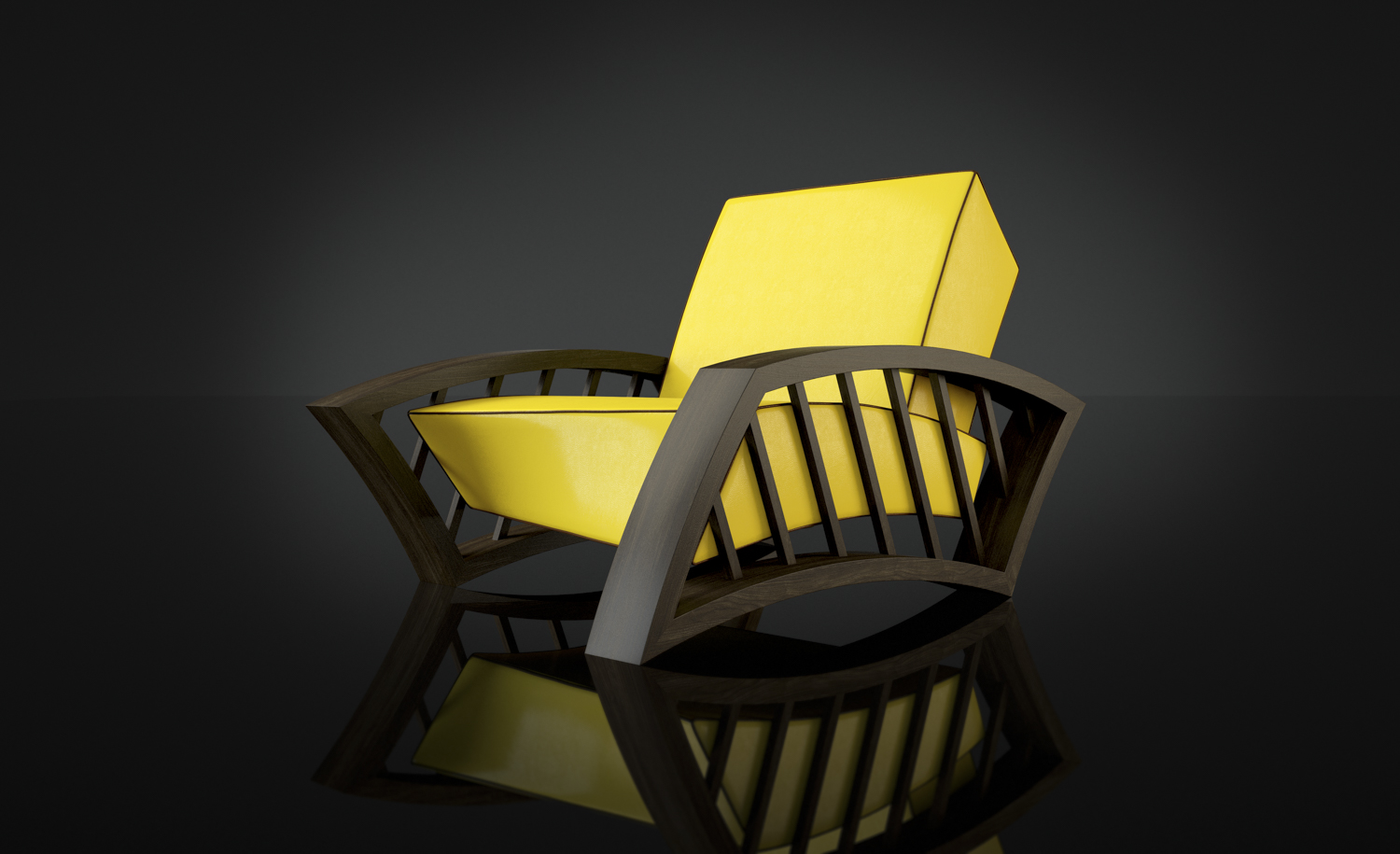Did you know that the world of special effects and CGI as we know it all started with a cat? That’s right cats have been a trend since the 1960s, more specifically 1968. This is when a group of Russian mathematicians and physicists developed a groundbreaking mathematical model that allowed them to move a cat across a screen.
The journey that CGI has taken over the years since have been astronomical, and I mean that in the most literal sense.The first feature film to use 3D animation was Futureworld in 1976 (Westworld used 2D in 1973) followed by movies like Star Wars (1977), Alien (1979) and Superman (1978) to more modern movies and like Avatar (2009), Rise of the Planet of the Apes (2011), and Black Panther (2018). Of course CGI is used in many things outside of movies like video games, still images, and even things like medical training. CGI is more widely used than ever and has helped us expand the possibilities of art, storytelling and technology. Computer Generated Imaging has given us opportunities that many would have considered impossible.
Companies have greatly benefited from the use of CGI when it comes to advertisements, it has not only cut down on cost but also time and equipment. Car commercials, for example, have the ability to shoot a commercial without even having the car on site. This awesome device (shown to the right) is called The Blackbird and it is used in the production of car commercials to give the CG car a realistic feel. This has helped create a relationship to the road that can be difficult to create otherwise.
PIX-US works in the domain of advertising and marketing images and was founded to do for the home fashion and products industries what CGI had done in the automotive industries.
Outside of cars CGI is used in advertisements all the time from sports, to clothing, even food, the abilities of CGI are only limited to your imagination.
So in the end we owe all of this to a cat, which just means that cats have always owned the internet and always will.
...










